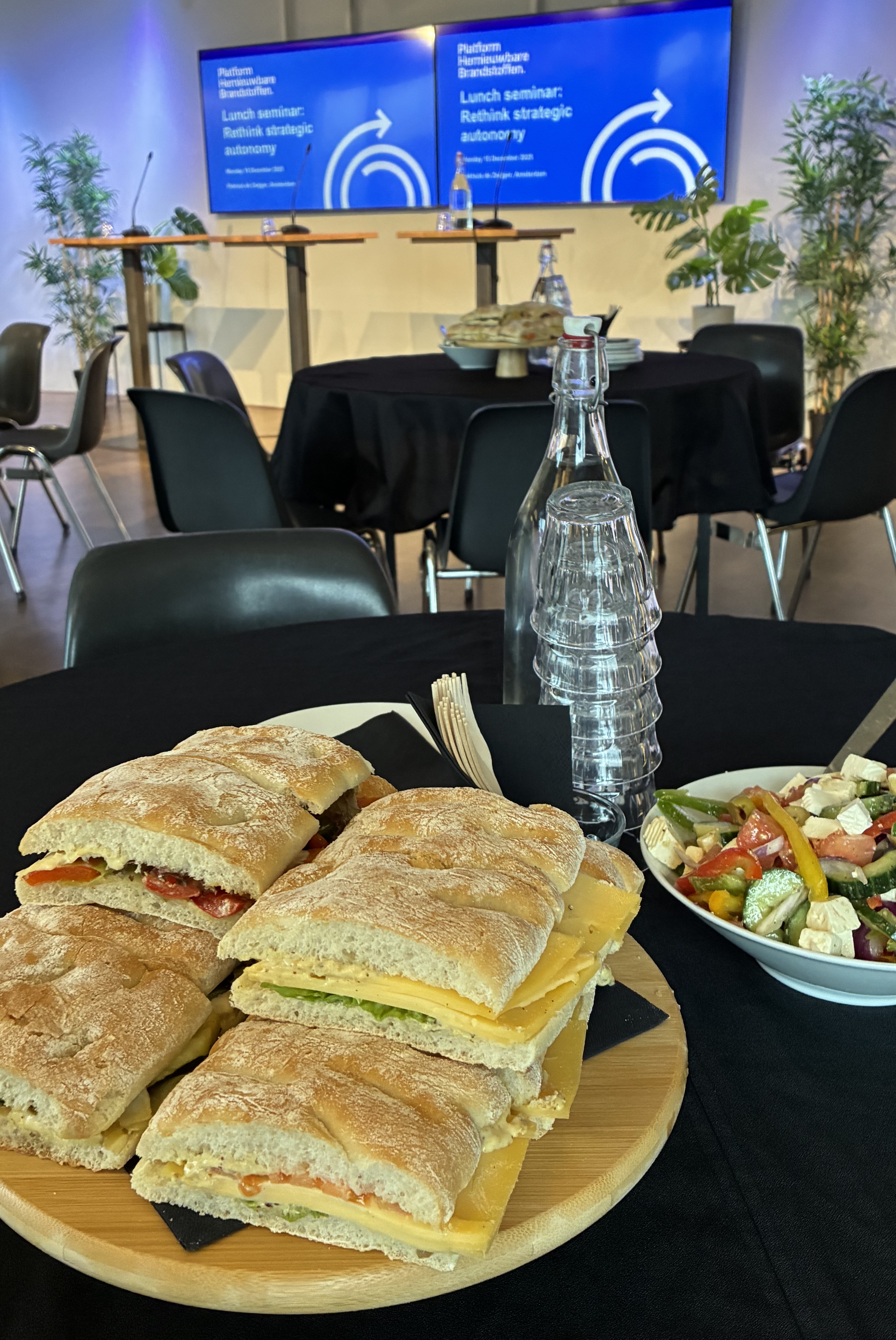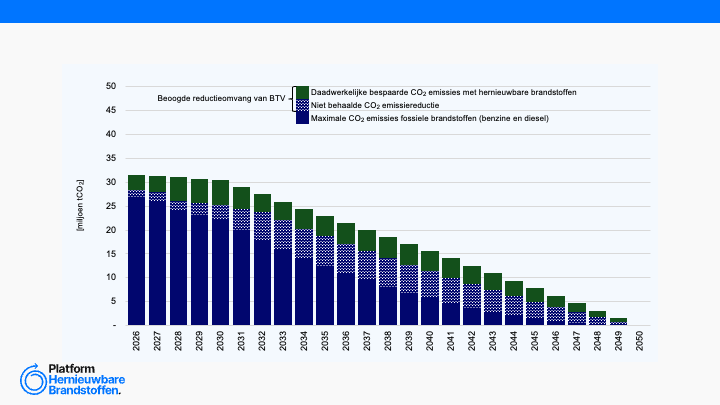Guidehouse study on aviation and maritime under the national obligation for energy in transport (Jaarverplichting Energie Vervoer)

This study, commissioned by the Netherlands Enterprise Agency (RVO), and executed by Guidehouse, explores discrepancies between three EU policy proposals targeting climate action in the maritime and aviation transport sectors, i.e. the reform of the Renewable Energy Directive(RED III), with increased ambitions and targets for the deployment of renewable fuels in all transport sectors and other industries; the ReFuelEU Aviation which stimulates sustainable fuel deployment in European aviation; and theFuelEU Maritime, which steers towards reduced carbon emissions from maritime shipping.
The study points out differences between the three policies in terms of:
(1) The obligated party
the RED and ReFuelEU Aviation target the fuel suppliers, while FuelEU Maritime sets an obligation on the vessel owners;
(2) The size of the targets
A description of the different targets proposed for each of the policy initiatives, where do they apply (aviation only, maritime only, or all transport sectors),the type of steering mechanism (obliging physical blending of renewable energy, carbon intensity reduction of the energy used on vessels, or average carbon intensity reduction of the fuels), and a rough estimation of what it would translate to in terms of renewable fuel volumes.
(3) Allowed energy carriers
The RED III allows for the transport targets the deployment of renewable electricity, liquid and gaseous biofuels, Renewable fuels of non-biological origin (RFNBOs), as well as recycled carbon fuels (RCFs).It includes caps for the contribution of food/feed crop-based biofuels and biofuels from feedstocks listed in Annex IX-B (Used Cooking Oils, Animal fats).
ReFuelEU Aviation allows RFNBOs, waste- and residue-based biofuels (Annex IX-Aand B), as well as RCFs and e-fuels based on low-carbon hydrogen. Food and fuelcrop-based biofuels are not allowed.
The targets of FuelEU Maritime can be achieved with all better achieving fuels, including fossil fuels with a lower CO2-intensity. However, food/feed crop-based biofuels are considered as fossil, which in practice excludes their contribution.
Furthermore, the study describes and analyses what possibilities there are to fulfil the different targets for the maritime and aviation sector, both those from the three discussed policies as well as targets set at the national level.
Reflection
The study does not bring in much new information. It largely summarises the three policy instruments and describes how they would work and sums up their respective targets and rules. It gives a bit of an analyses how these three instruments could overlap and a rough estimation of resulting volumes from targets and sub targets. The study is, therefore, useful as an overview of the similarities and differences between the policies.
Furthermore, the added value of the study comes from its analysis of some different scenarios which explore how the Netherlands could fulfil its targets under one of the policies and how this influences the fulfilment of targets under another policy.
The study is still very descriptive and qualitative and does not include many quantitative analyses.
Recente artikelen
Retrospective on Lunch Seminar: Rethink strategic autonomy | December 15, 2025

Analyse brandstoftransitieverplichting

Nederlandse industrieclusters presenteren bidbook: Een basisindustrie om op te bouwen: nu & in de toekomst

